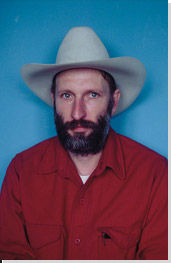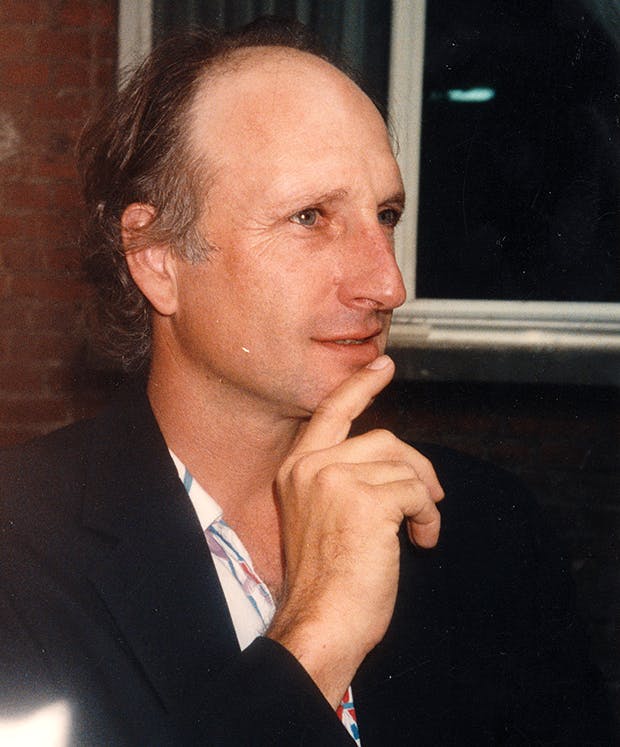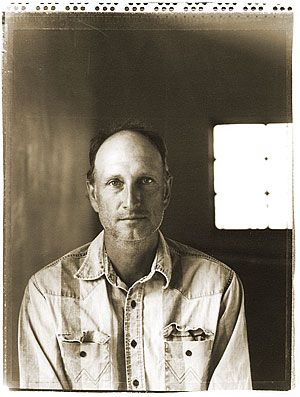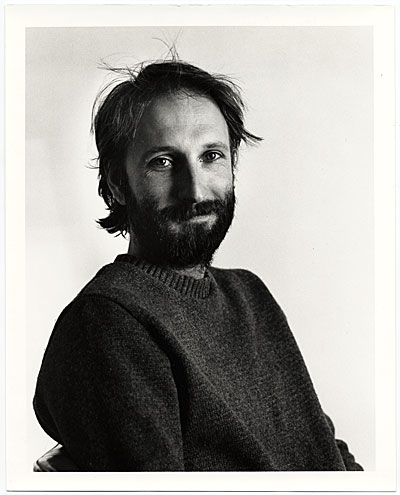
1941
Bruce Nauman

description
An American contemporary conceptual sculptor and artist. The art of Bruce Nauman includes a wide range of creative interests: performance and installation, photography and art video, works for the media, printing and industrial production. In all areas, the artist was attracted by the nature of communication, problems of the language and the role of the artist as a manipulator of visual symbols by the means of communication.
Nauman received numerous awards in several areas of artistic practice and an honorary doctorate in arts from the American Art Institute. His works are widely represented around the world at the expositions of the most prestigious museums and galleries. The monumental creations of Bruce Nauman inspired many other artists in the second half of the 20th century and continues to be in demand in the 21st century. In 2004, Time Magazine named him as one of the 100 most influential people in the art world. In 2006, according to the rating of Artfacts.net, Bruce Nauman was number one among living artists.
Key ideas:
– The work of Bruce Nauman is a challenge to the traditional idea that a painter or sculptor must have one recognizable style. Since the second half of the 1960s, even before receiving the Master of Arts diploma, the artist has created a large number of works in various media. They are united by Nauman’s conviction that the actual value of a work is more important than its aesthetics;
– For Nauman, a word, a phrase and a language as a whole are powerful tools of influence. They visualize thoughts, emotions, and desires, especially when presented through a hypnotic aura – in pulsating and luminous rhythms. Familiar vocabulary takes on different meanings if the presentation is bright colours that change the basic perception of words. In hundreds of his neon works, the author seeks to apply flickering advertising to attract attention to the global problems of society;
– Since the very beginning of his creative career, Nauman has often used his body and models as material. Having decided to include elements of everyday life in his work, he used human behavior as a starting point for sculptures, installations, performances and a series of art films. More often, these are simple repetitive actions, sounds and images dedicated to a specific problem;
– In his quasi-architectural compositions, the artist creates situations that intellectually or even physically disorient the viewer, offer a unique look at ordinary objects. Art becomes not just an object for contemplation but an actual product;
– The design of his works is often mocking, ironic or disrespectful towards the aesthetic tastes of the viewer. For example, developing the idea of art as a means of communication and the role of the artist as a communicator, he created “Self Portrait as a Fountain”. A huge portrait of the artist literally “spits” on the viewer – there we can see that he was interested in the works of Dada and Marcel Duchamp in particular;
– The works of Bruce Nauman are not easy to categorize according to styles or specific topics he used, but there are always features and elements characteristic of post-minimalism mixed with ideas of conceptualism and video art.
1941
1960
1965
1966
1968
1972
1979
1981
1988
1990
1993
1994
1999
2004
2009
Bruce Nauman was born in a small town in Indiana
Entered the University of Wisconsin in Madison

Transferred to the University of California

The first solo exhibition

Was invited to participate in the exhibition "Documenta" in Kassel

The exhibitions

The artist moved to Pecos

The successful debut

The artist moved to Galisteo

He participated in the Whitney Biennale

Became the winner of the Wolf Prize in the field of arts

The artist’s exhibition was held at the Museum of Modern Art

The artist received the Golden Lion Award

He was awarded the prize of the imperial family of Japan "Praemium Imperiale"

Designed the US Pavilion at the 53rd Venice Biennale

Bruce Nauman
On Artist
flow
Postminimalism
Conceptualism
Video art
Neo-pop
friends
Wayne Thibault
artists
Marcel Duchamp
Floyd Westerman
Joseph Kossuth
Robert Morris
Jasper Jones
By Artist
flow
Conceptualism
friends
William T. Wiley
artists
Susan Rothenberg
Matthew Barney
Damien Hirst
Jenny Holzer
Marina Abramovich
Greg Colson
